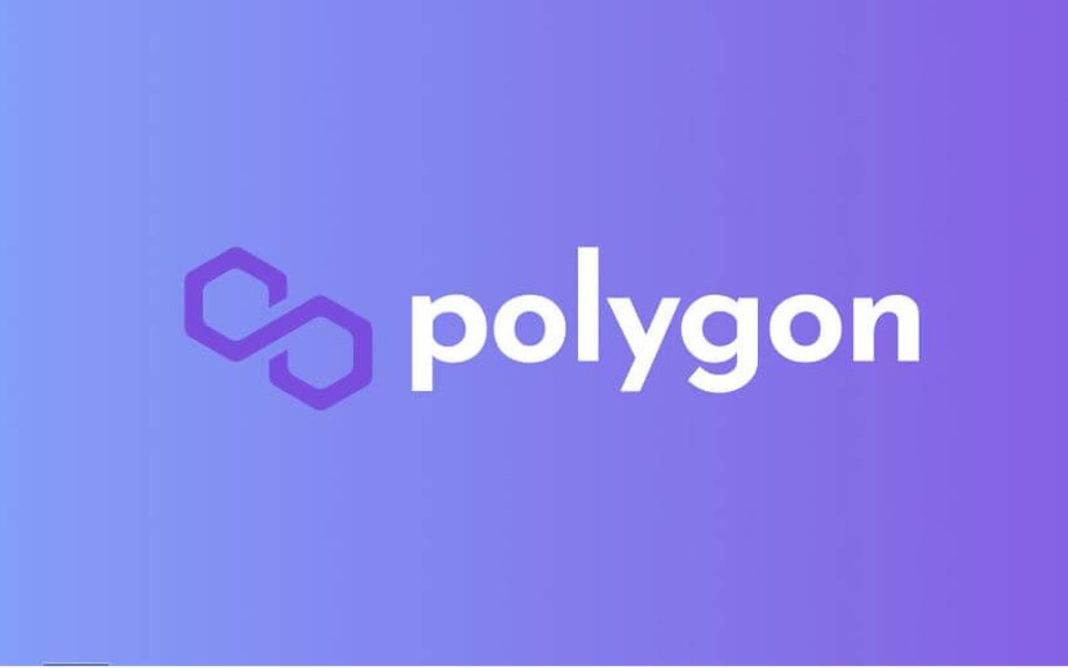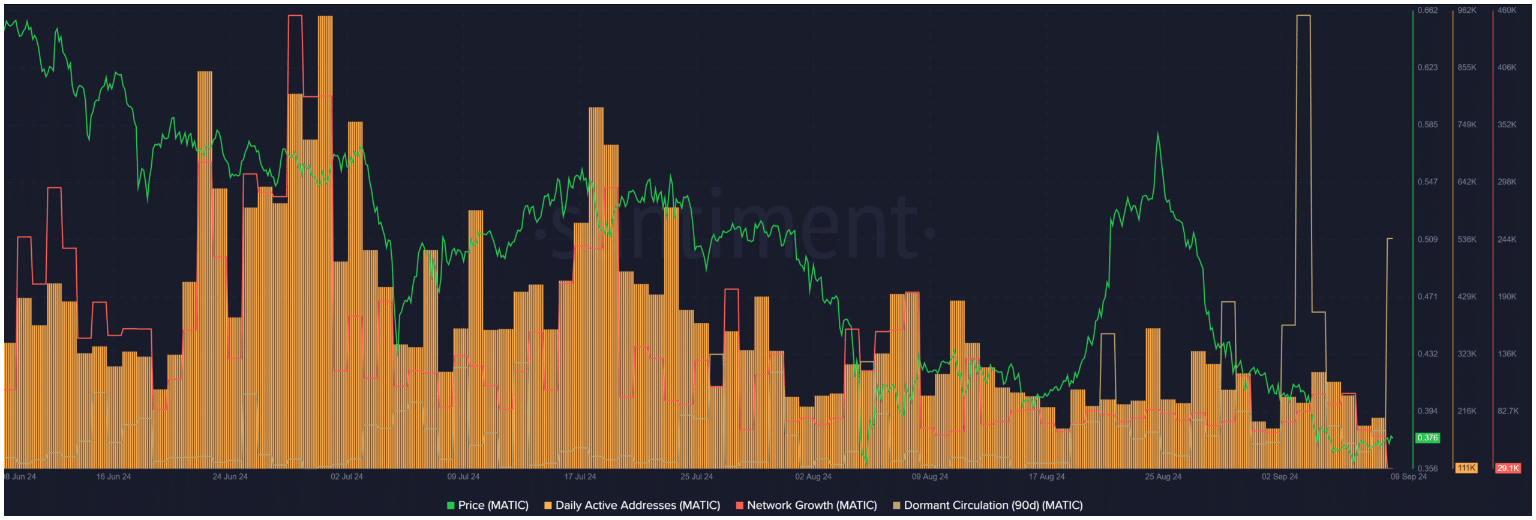Polygon’s upgrade took effect on September 4, transforming its token from MATIC to the Polygon Ecosystem Token, or POL.
This change is designed to address issues of fragmentation within the blockchain space, where users often find themselves needing to bridge between different blockchains.
Polygon Ecosystem Token, the new guy
With this update, MATIC tokens held on the Polygon network was converted to POL on a one-to-one basis.
Unfortunately, MATIC tokens that are in Ethereum smart contracts will require users to manually interact with a migration contract to complete the upgrade.
The main goal of Polygon is to unify the Web3 space by connecting various blockchain networks through a feature called the AggLayer, or aggregation layer.
The AggLayer functions similarly to cross-chain interoperability programs but isn’t limited to any specific ecosystem.
Its aim is to link all Layer 1 and Layer 2 blockchains, creating a unified network.
This upgrade is an important part of Polygon’s vision for Crypto 2.0, which seeks to improve security and scalability while also incorporating zero-knowledge proof aggregation from connected chains, boosting privacy for users.
Blockchain fragmentation, or the dozens of Ethereum Layer 2 networks
Users of different L1 blockchains have long faced fragmentation, which forces them to bridge between networks to access services, resulting in a lack of communication between them.
The AggLayer wants to eliminate the need for third-party protocols to solve this cross-chain interoperability issue, thereby reducing potential vulnerabilities. And maybe open some new ones, unintentionally.
Market sentiment after the Polygon update
Source: Santiment
The daily active addresses on the Polygon network have trended downward over the past two weeks, regardless of the update.
Network growth in August was lower compared to July, but the overall trend remained quite stable. also, in the first days of September there was a bigger spike in dormant circulation, which often signals selling activity.
Following this, the price dropped from $0.41 to $0.367 within 24 hours, signaling that another wave of selling might be on the horizon.
While the Polygon upgrade wants to enhance the ecosystem, its immediate impact on market sentiment appears pretty mixed.
Right now it seems the future of Polygon’s integration within the crypto space will depend on how effectively it addresses the challenges of fragmentation and more importantly, user engagement.
Have you read it yet? Gold vs. Bitcoin, the eternal debate
Disclosure:This article does not contain investment advice or recommendations. Every investment and trading move involves risk, and readers should conduct their own research when making a decision.
Kriptoworld.com accepts no liability for any errors in the articles or for any financial loss resulting from incorrect information.



